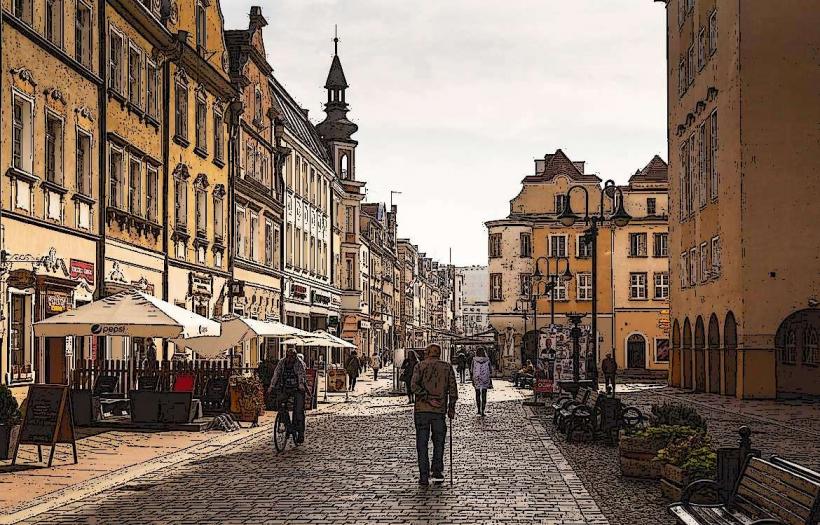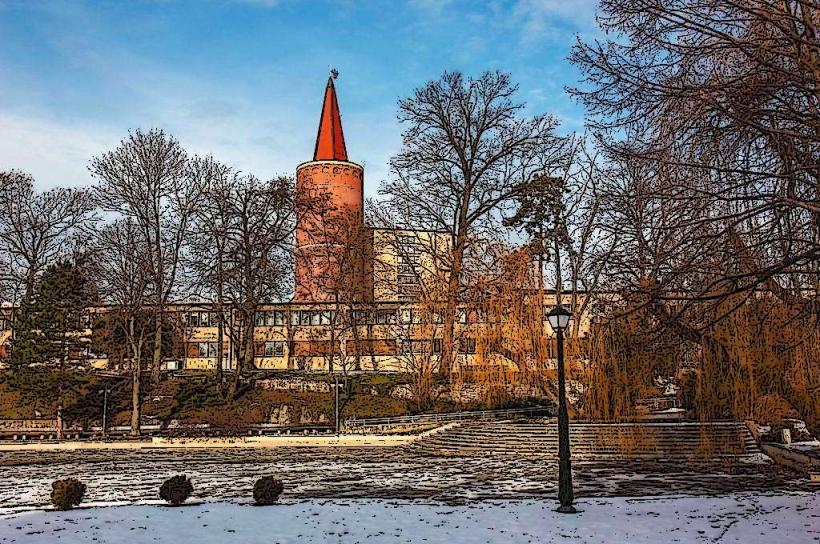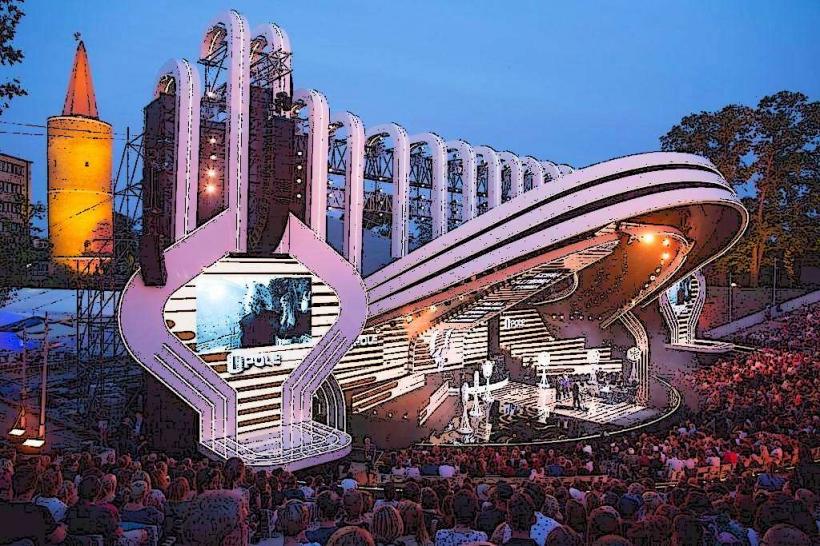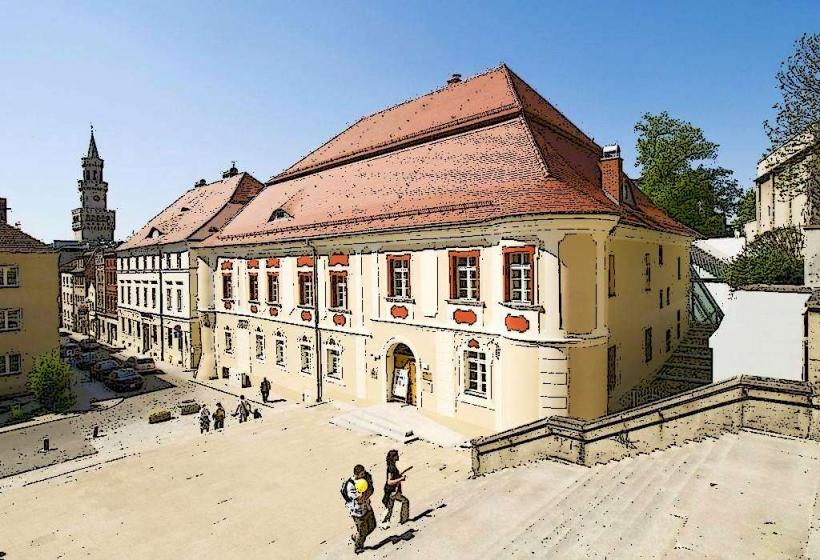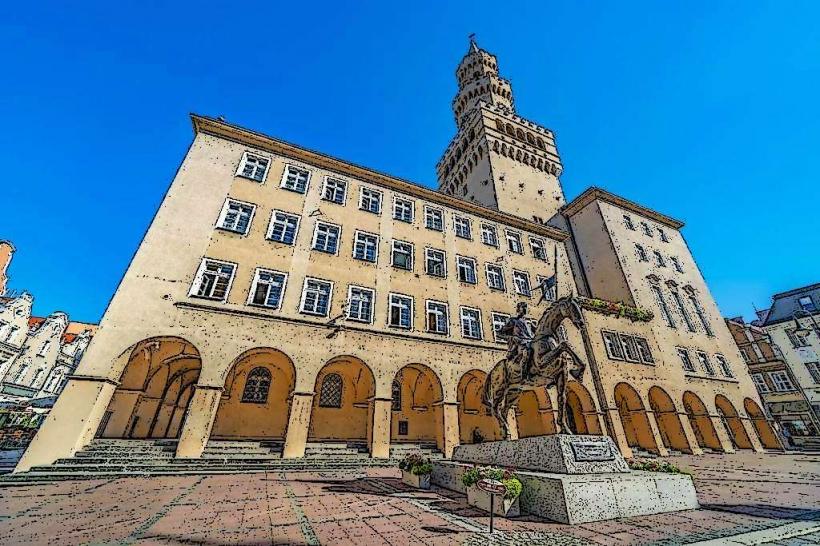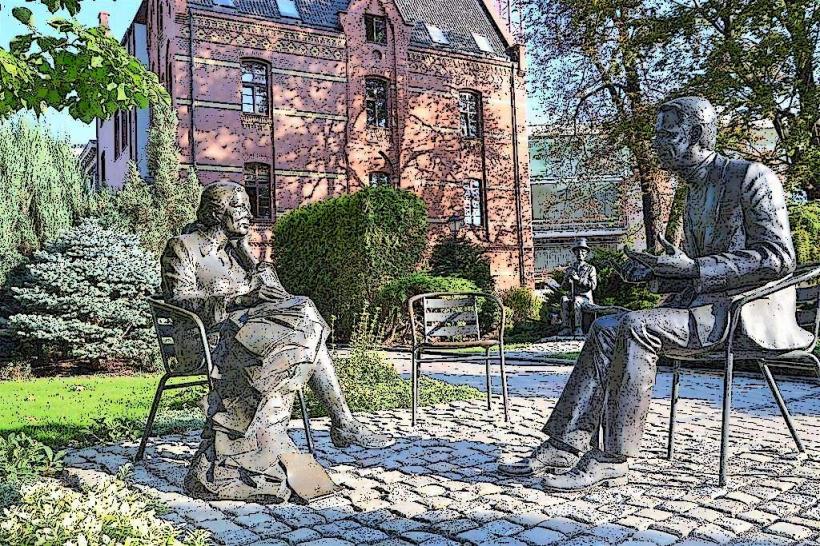Information
Landmark: Opole CanalCity: Opole
Country: Poland
Continent: Europe
The Opole Canal is a historic waterway located in Opole, a city in southwestern Poland, on the Oder River. It plays an important role in the local infrastructure and the development of the region's water transport network. The canal is not only a functional route for shipping but also a scenic spot offering opportunities for recreation and sightseeing.
Key Features of the Opole Canal:
Historical Significance
- The Opole Canal was constructed in the 19th century as part of a larger initiative to improve navigation and facilitate the movement of goods in the region. It was intended to connect the Oder River with other waterways, boosting trade and transport in Opole and surrounding areas.
Location and Route
- The canal runs through the city of Opole, connecting parts of the city and facilitating access to the Oder River. It passes through various urban and rural landscapes, adding aesthetic and ecological value to the area.
Recreational Opportunities
- Today, the canal offers recreational opportunities for residents and visitors alike. Boating, kayaking, and cycling along the canal's banks are popular activities. The surrounding area is often used for walks, with paths offering scenic views of the waterway and the nearby landscape.
Ecological Importance
- The Opole Canal also plays a role in the local ecosystem. The canal is home to various species of plants and animals, providing habitat for birds, fish, and other wildlife. The water quality and ecological health of the canal are monitored to ensure its sustainability as part of the city's natural heritage.
Tourism and Landmarks
- The Opole Canal passes through several scenic areas in the city, including historical districts and green spaces. It is often part of local tours, and the canal's surroundings provide opportunities for photography and leisurely exploration. The nearby Opole Old Town and Opole Cathedral can be reached by walking from the canal area, making it a central point in the city's cultural and tourist map.
The Canal's Bridges and Locks
- The canal features several bridges and locks, which are part of the historic water management system. These structures are integral to the canal’s functionality, allowing for the passage of boats and managing water levels for both transport and flood control.
In Conclusion:
The Opole Canal is a blend of historical engineering, natural beauty, and recreational appeal. It serves as both a functional waterway and an attractive spot for those visiting Opole, offering insight into the city's past while contributing to the quality of life and tourism in the present. The canal’s role in the local landscape, combined with its historical context and scenic value, makes it an important feature in Opole's urban fabric.

